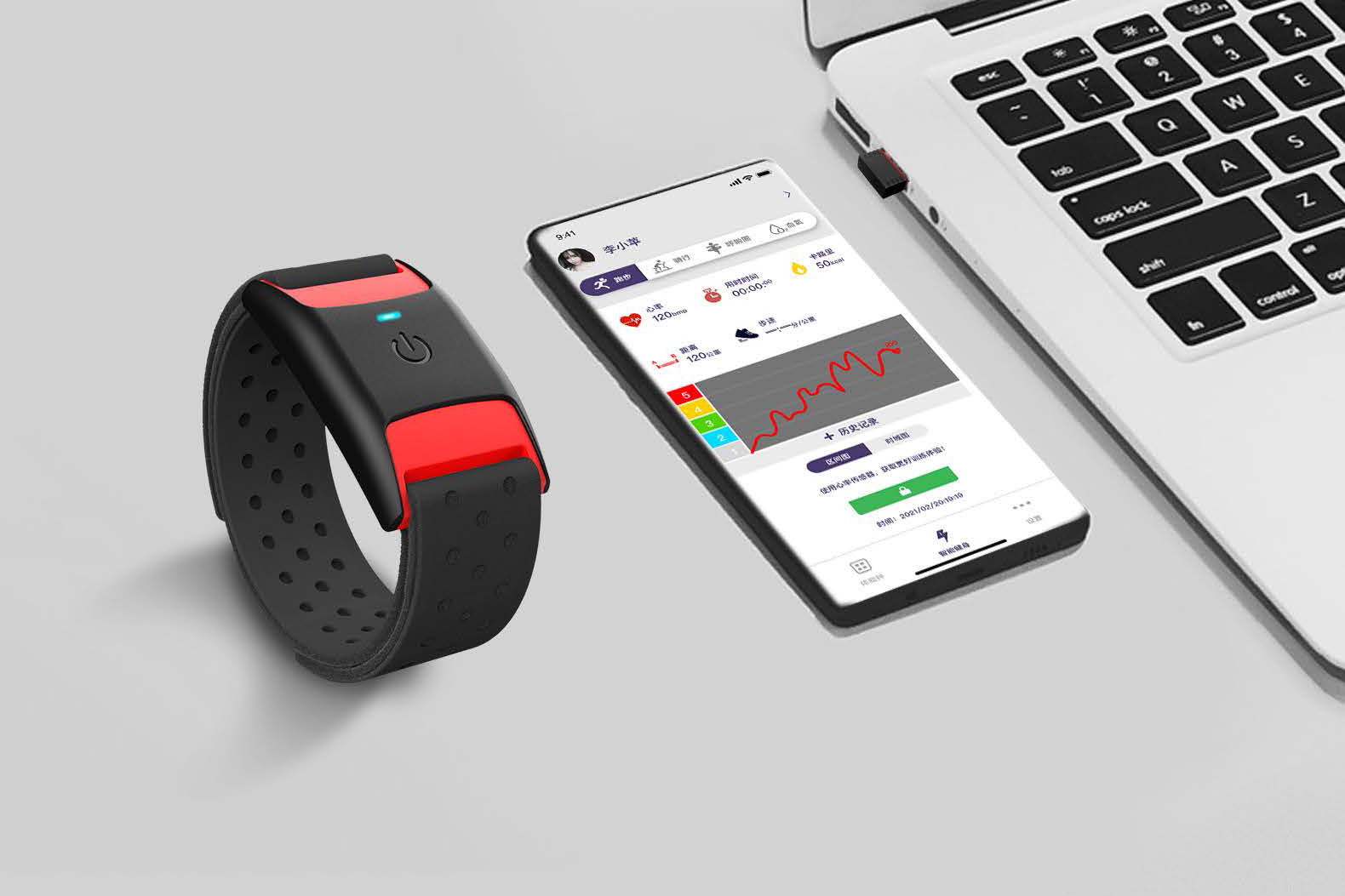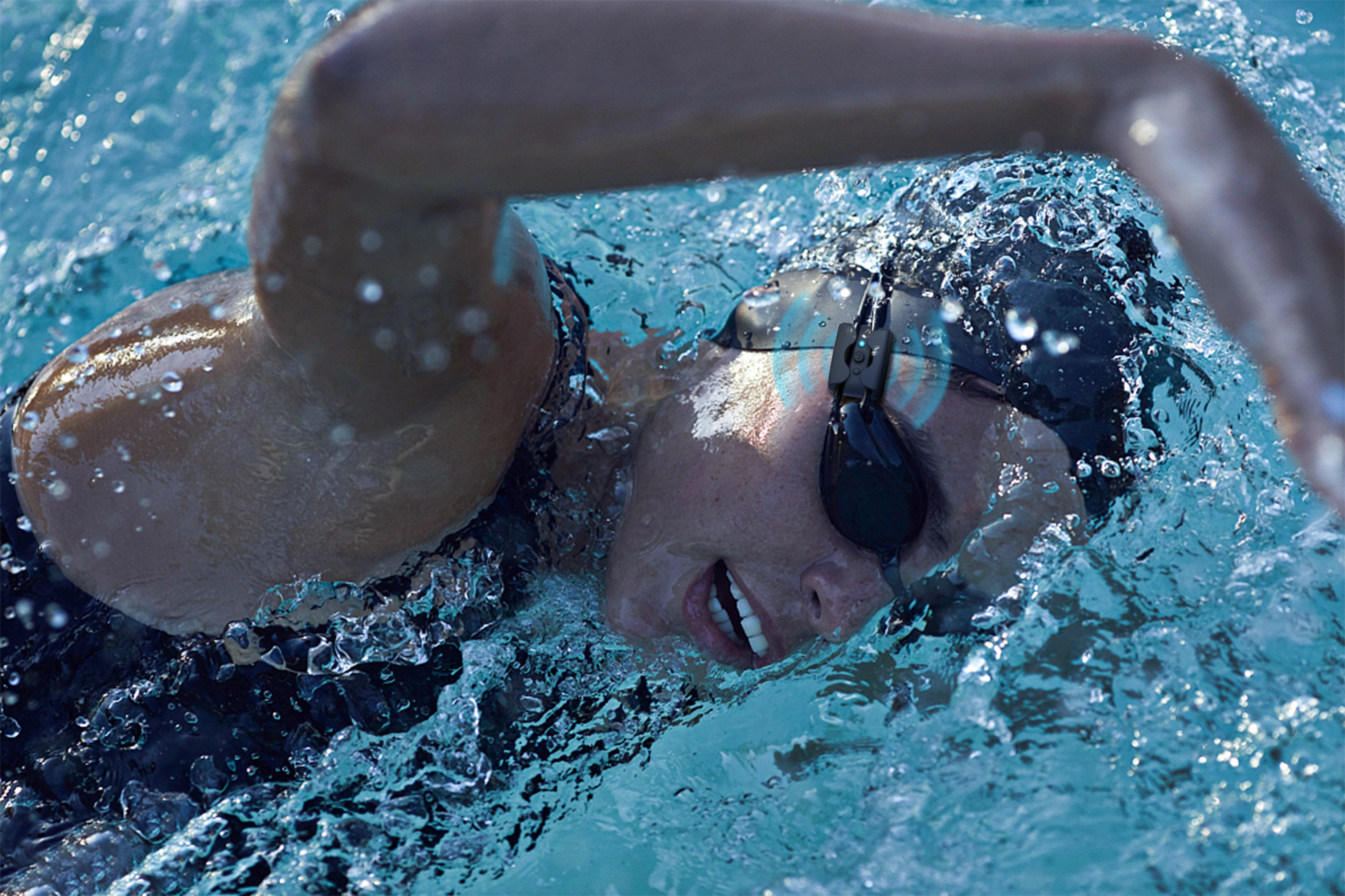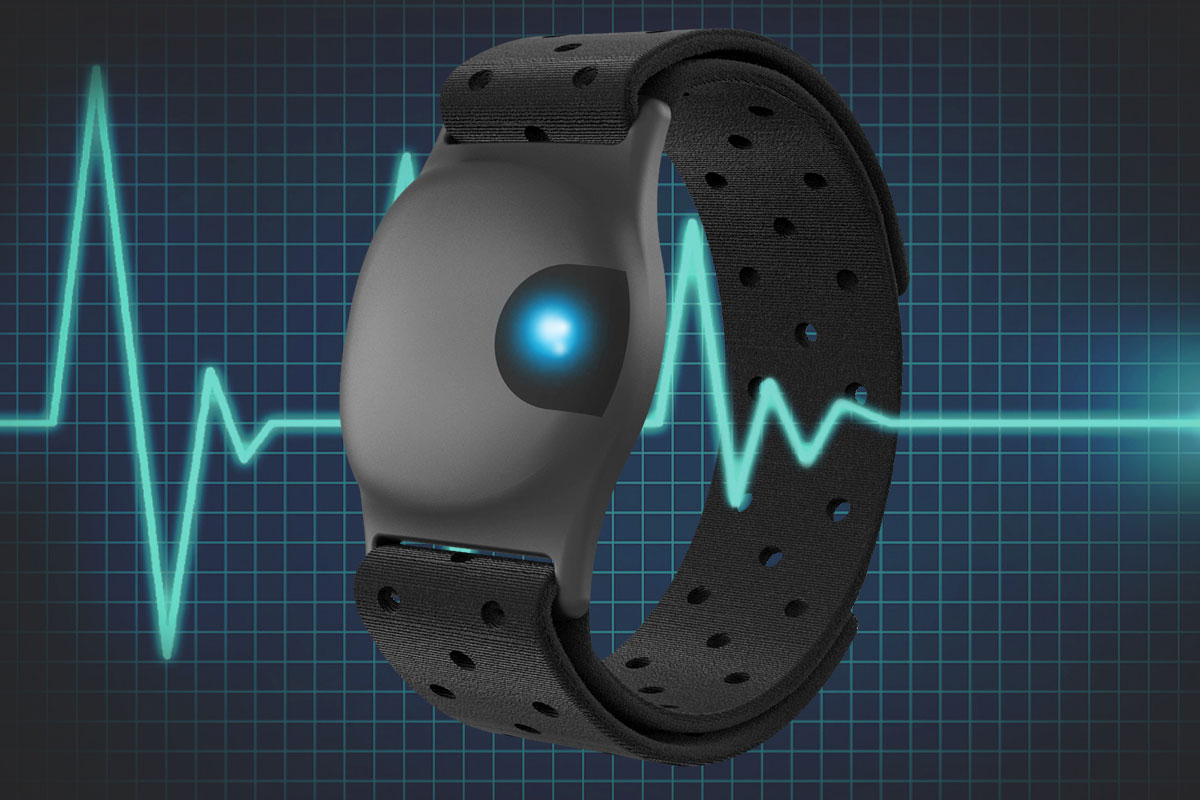While the classic heart rate chest strap remains a popular option, optical heart rate monitors have begun to gain traction, both on the bottom of smartwatches and fitness trackers on the wrist, and as standalone devices on the forearm.Let's list the pros and cons of wrist heart rate monitors.

Pros
Along with the proliferation of wrist-based fitness trackers such as the Apple Watch, Fitbits, and Wahoo ELEMNT Rival, we're also seeing widespread adoption of optical heart rate monitors. Optical heart rate has been used in medical settings for many years: finger clips are used to measure heart rate using photoplethysmography (PPG). By shining low-intensity light on your skin, the sensors can read fluctuations in blood flow under the skin and detect heart rate, as well as more complex metrics such as blood oxygen, which have come under scrutiny during the rise of COVID-19.
Since you're probably wearing a watch or fitness tracker anyway, it makes sense to touch the heart rate sensor on the bottom of the case because it will touch your skin. This allows the device to read your heart rate (or, in some cases, transmit it to your head unit) while you're driving, and it also provides additional health and fitness statistics such as resting heart rate, heart rate variability, and sleep analysis. — depending on the device.
There are a number of multifunctional heart rate armband in CHILEAF, such as the CL830 Step Countingr Armband Heart Rate Monitor, Swimming Heart Rate Monitor XZ831 and CL837 Blood Oxygen Real-Heart Rate Monitor that offer the same functionality as a chest strap but from the wrist, forearm or biceps.

Cons
Optical heart rate sensors also have many drawbacks, especially when it comes to accuracy. There are guidelines for wearing style (tight fit, above the wrist) and accuracy depends on skin tone, hair, moles and freckles. Due to these variables, two people wearing the same watch model or heart rate sensor may have different accuracy. Similarly, there is no shortage of tests in the cycling/fitness industry and peer-reviewed journals showing that their accuracy can vary from +/- 1% to +/- error rate. Sports Science in 2019 The study showed 13.5 percent.
The source of this deviation is largely related to how and where the heart rate is read. Optical heart rate requires the sensor to remain attached to the skin in order to maintain its accuracy. When you start shaking them - like when riding a bicycle - even if the watch or sensor is tightened, they still move a little, which again makes their task more difficult. This is supported by a 2018 study published in the journal Cardiovascular Diagnosis and Therapy, which tested a variant of the optical heart rate sensor on runners who ran on a treadmill for the duration of the test. As the intensity of your workout increases, the accuracy of the optical heart rate sensor decreases.
Various sensors and algorithms are then used. Some use three LEDs, some use two, some only use green and some still use three color LEDs which means some will be more accurate than others. What it is is hard to say.

Generally, for the tests we've done, optical heart rate sensors still fall short in terms of accuracy, but they seem to give a good indication of your heart rate while you're active - something like Zwift. race - Generally, your average heart rate, high heart rate, and low heart rate will match the chest strap.
Whether you're training based on your heart rate alone, or tracking any kind of heart problem (check with your doctor about the latter first), a chest strap is the way to go for point-to-point accuracy. If you're not just training based on your heart rate, but just looking for trends, an optical heart rate monitor will suffice.
Post time: Apr-07-2023







